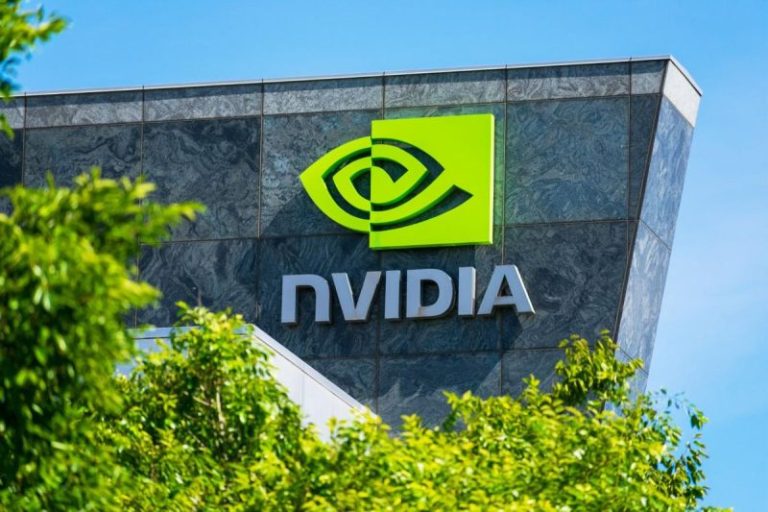Anthony Joshua towered over Jake Paul. The moment underscored the massive size difference between the two men.
It was their first face off, and it had all the looks of a monumental mismatch waiting to happen, with the 6-foot-6 Joshua and the 6-1 Paul set to fight in an eight-round heavyweight bout Dec. 19 in Miami.
But during a press conference held at the same place they’ll fight – the Kaseya Center in Miami – Paul on Nov. 21 cited “delusional optimism’’ as he prepares for an eight-round heavyweight bout against the former two-time heavyweight champion from Great Britain.
“All of these things I’ve gotten to where I’m at today (are) because of delusional optimism,’’ Paul said. “And so it’s delusion until it’s not, because look at where we’re sitting today.
“No one ever thought that this would be possible, that we would be here when I first started boxing, and no one thinks I’m going to win. So join the list and be ready to be shocked.’’
Joshua expressed respect for Paul, who made his pro debut in January 2020 and is now 12-1 with seven knockouts. But Joshua, who is 28-4 with 25 knockouts, surely knows he will be the biggest challenge yet in Paul’s boxing career.
“If I’m going to be honest, I’m going to break his face, I’m going to break his body up, I’m going to stomp all over him,’’ Joshua said.
Paul indicated he would welcome punishment from Joshua.
“I want him to cut me up,’’ Paul said. “I want him to break my face, but guess what? He’s going to have to kill me to stop me and I’m ready to die. Seriously. Ready to die in the ring to win this fight.’’
The weight issue
Joshua must weigh no more than 245 pounds at weigh-in, according to the fight rules as announced by Most Valuable Promotions, which is partnering with Netflix.
That’s about 100 pounds more than Gervonta Davis was expected to weigh in for his fight against Paul. The fight was canceled amid legal issues stemming from a lawsuit filed against Davis.
Joshua, asked how much he expected to weigh by the time of the fight without a rehydration clause in place, said he’s focused on 245 pounds.
“Anything else is a bonus after that,’’ said Joshua, who has weighed in at 250 pounds or more for his last five fights.
Paul, who was required to weigh in at no more than 195 pounds for his fight against Davis, said he expects to weigh between 215 and 225 pounds for the fight against Joshua.
“Man, I was cutting down for Gervonta, so it’s been a little tough getting back up and some strength for this,’’ Paul said.
But Paul also rejected the notion that his being smaller than Joshua will put him at a disadvantage.
“Look, he’s one of the best heavyweights ever,’’ Paul said of Joshua. “But I believe that fighting a smaller man is oftentimes harder as a heavyweight because of the speed difference and because of the foot speed, because of the angles, because the head being off of the center.
“And so all of that power is great and he’s knocked people out. I just have to avoid that one shot for eight rounds and I believe that I can do that.”










